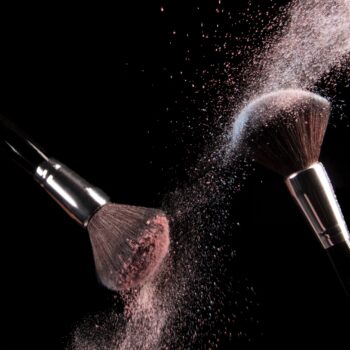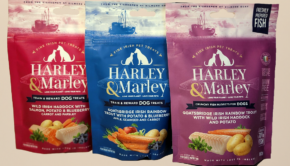Emerging eCommerce trends in the beauty sector

With global eCommerce sales in the health and beauty sector expected to soar beyond €407.7 billion, it's worthwhile capitalising on the emergeing trends within this growing sector
18 September 2023
While many industries continue to bear the brunt of waning consumer confidence, the health and beauty market seems to be weathering the storm rather well. While store-based sales continue to dominate, there’s been an upward swing in eCommerce sales. In 2022, shoppers spent more than €240.2 billion online. By 2027, global eCommerce sales in the health and beauty sector are expected to soar beyond €407.7 billion. While the beauty industry is no stranger to innovation, brands are going to have to think carefully about capitalising on emerging trends to remain at the top of the pile.
Virtual and augmented reality
While consumers know what they’re getting when ordering a Rituals gift set or premium bottle of perfume, the same can’t be said of skin and hair care products. For these kinds of products, the in-store experience is hard to beat. However, rapid advancements in virtual and augmented reality have made the try-on experience a distinct possibility for online shoppers.
While AI-assisted try-on features are now the standard for many clothing retailers, the beauty industry was one of the first to integrate this technology. Whether it’s experimenting with different lip shades or a new concealer, consumers can shop with confidence. As well as leading to a significant drop in return rates, this try-on technology can boost customer engagement. The more confident a consumer is, the more likely they are to commit to a purchase and spend more in a single transaction.
Taking personalisation to the next level
In the health and beauty sector, personalisation has also been key to the customer journey. For years, brands have been offering hyper-personal email marketing and tailored discounts to loyal shoppers. However, only the most successful brands are leveraging hyper-personalisation to its full potential. Retailers don’t have to delve too deep into personalisation to yield impressive results. Simply sending helpful reminders to replenish stocks of skincare staples is an easy way of delivering personalised experiences to existing customers and boosting brand loyalty.
The power of influencer marketing
For many beauty brands, influencer marketing has been a useful tool for years. However, there’s been a recent shift in how influencer marketing is deployed. Rather than target high-profile influencers with the biggest follower count, savvy brands are instead prioritising engagement rates.
Social media influencers are often the first port of call for indecisive shoppers, with many consumers trusting their opinion more than beauty professionals and third-party reviews. However, it’s all about authenticity. User-generated content is more likely to strike a chord with shoppers than a shameless plug by a celebrity being paid a seven-figure sum for a single post.
Brands need to embrace sustainability
While consumer spending power has dropped slightly in recent years, sustainability remains a key factor in purchasing decisions. Generally speaking, shoppers are prepared to spend a small premium on products they deem sustainable. It’s all well and good for brands to promote ethically sourced ingredients and eco-friendly credentials, but this only goes so far in meeting sustainability goals. As well as reducing return rates, virtual try-on experiences lead to less waste and greatly reduced energy consumption throughout the entire supply chain.
What does the future hold for beauty eCommerce?
When it comes to omnichannel retail, few other industries have excelled as much as the beauty sector. While other retail corners have only recently adopted augmented reality, beauty brands have been pioneering this technology for several years. Along with practical cost-saving benefits, this hyper-personal approach is allowing beauty eCommerce brands to create lasting bonds with their customers and bridge the gap between online and offline retail like never before.



 Print
Print






Fans 0
Followers